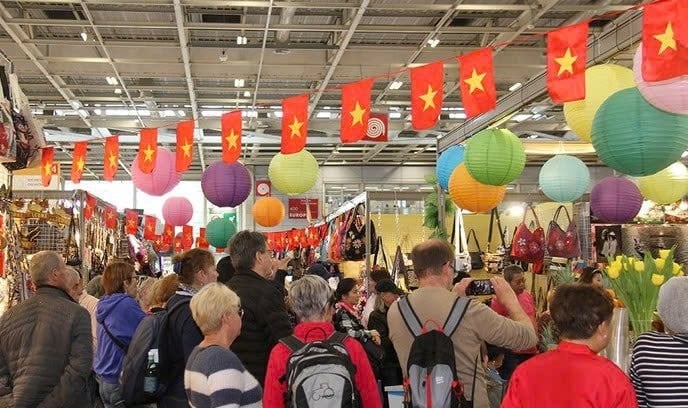
In recent years, handicraft products have always been in the Top 10 export items with the largest turnover of Vietnam. The whole country currently has 1,864 craft villages, traditional craft villages and 115 traditional occupations that have been recognized. Of which, Hanoi city alone has 327 craft villages, traditional craft villages that have been recognized in 24 districts, towns, including 268 villages recognized as craft villages, 59 villages recognized as Traditional Craft Villages with 6 occupational groups, including: 70 craft villages processing, preserving agricultural, forestry and aquatic products; 22 craft villages producing handicrafts; 16 craft villages processing, processing raw materials for rural production; 200 craft villages producing wooden products, rattan and bamboo, ceramics, glass, textiles, yarn, embroidery, knitting, small mechanics; 14 craft villages producing and trading ornamental plants and 5 craft villages providing services to serve production and the lives of rural residents.

Experts predict that the global handicraft market is expected to grow strongly in the coming years and will reach 1,204.7 billion USD by 2026. Vietnam is one of the main handicraft exporters in Asia, second only to China.
Vietnam's participation in the new generation FTA network, notably the Comprehensive and Progressive Agreement for Trans-Pacific Partnership (CPTPP) and the Free Trade Agreement between Vietnam and the European Union (EU) - EVFTA, has created favorable conditions for expanding export markets, and craft village products, including handicrafts, have the opportunity to participate in potential markets.
According to the Action Plan to implement the Import-Export Strategy of Hanoi City until 2030, the target for the 2023-2025 period is to increase export growth by 4.4% - 5%/year; for the 2026-2030 period, it will reach 5.1% - 5.5%/year; by 2030, 6-10 groups of handicraft products from Hanoi craft villages will be directly exported to foreign markets; at the same time, increase the proportion of handicraft exports to 3% - 5% of the city's export proportion.
However, Hanoi's traditional craft villages are also facing many difficulties and challenges on the journey to integrate into the world market, especially to meet the criteria of new generation FTAs. Currently, most craft village enterprises are facing difficulties such as: lack of space for concentrated production; lack of highly skilled labor force; lack of capital to invest in technology innovation, machinery and equipment to improve output and product quality; unstable source of raw materials and not yet creating many product brands.
In addition, the traditional craft villages of Hanoi city still lack synchronous investment in infrastructure to serve the development of cultural industries, such as works serving tourists to visit and shop for products; product display areas, parking lots, waste collection areas, restaurants, hotels, lighting systems; tour guides and interpreters in craft villages have not been properly trained in professional skills, expertise and foreign languages...
When Vietnam joins the new generation FTA network, in order for Vietnamese handicraft products to have a position in the world market, in addition to the group of solutions on socio-economic, environmental and institutional aspects, and the overall planning for industry development, it is necessary to promote the application of scientific and technological advances in design and production; at the same time, promote trade promotion activities, build a consumption and export network towards potential markets.
Source: https://daidoanket.vn/day-manh-ung-dung-cong-nghe-trong-thiet-ke-san-pham-thu-cong-my-nghe-10292173.html



![[Photo] Third meeting of the Organizing Subcommittee serving the 14th National Party Congress](https://vstatic.vietnam.vn/vietnam/resource/IMAGE/2025/4/2/3f342a185e714df58aad8c0fc08e4af2)

![[Photo] Relatives of victims of the earthquake in Myanmar were moved and grateful to the rescue team of the Vietnamese Ministry of National Defense.](https://vstatic.vietnam.vn/vietnam/resource/IMAGE/2025/4/2/aa6a37e9b59543dfb0ddc7f44162a7a7)


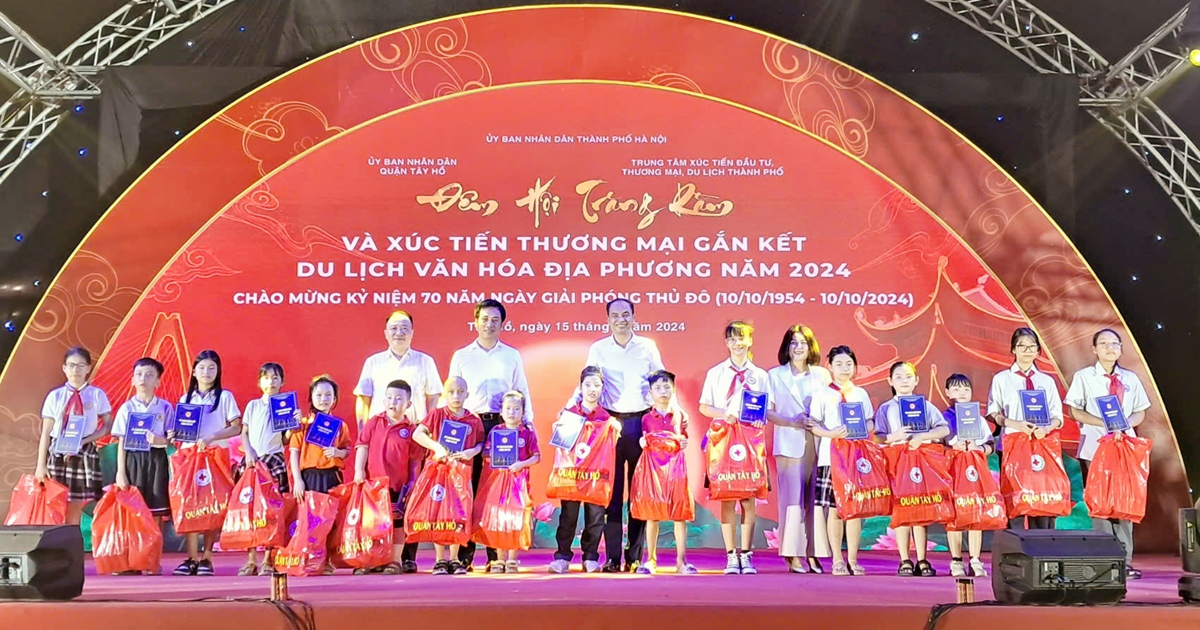













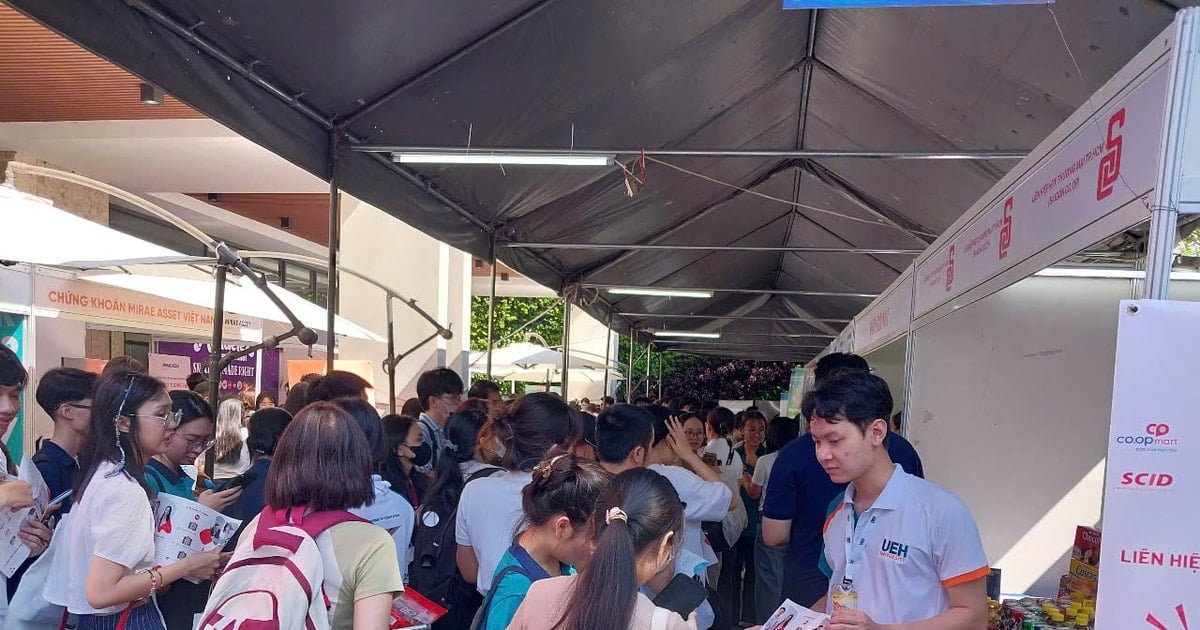













































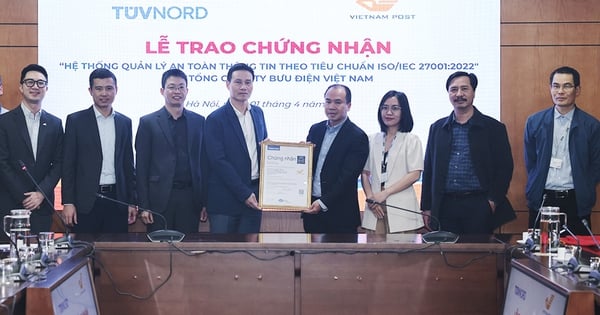








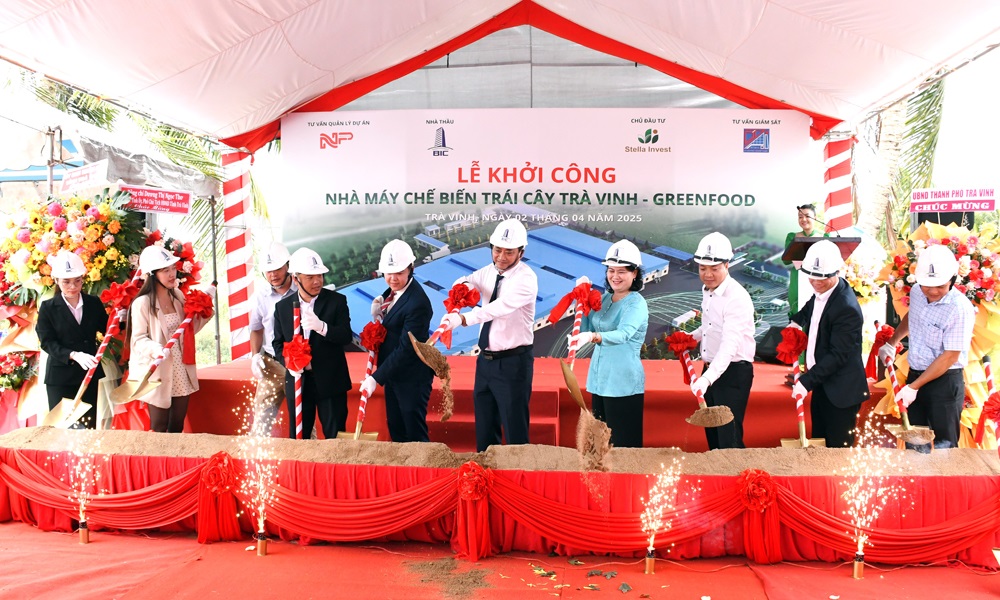


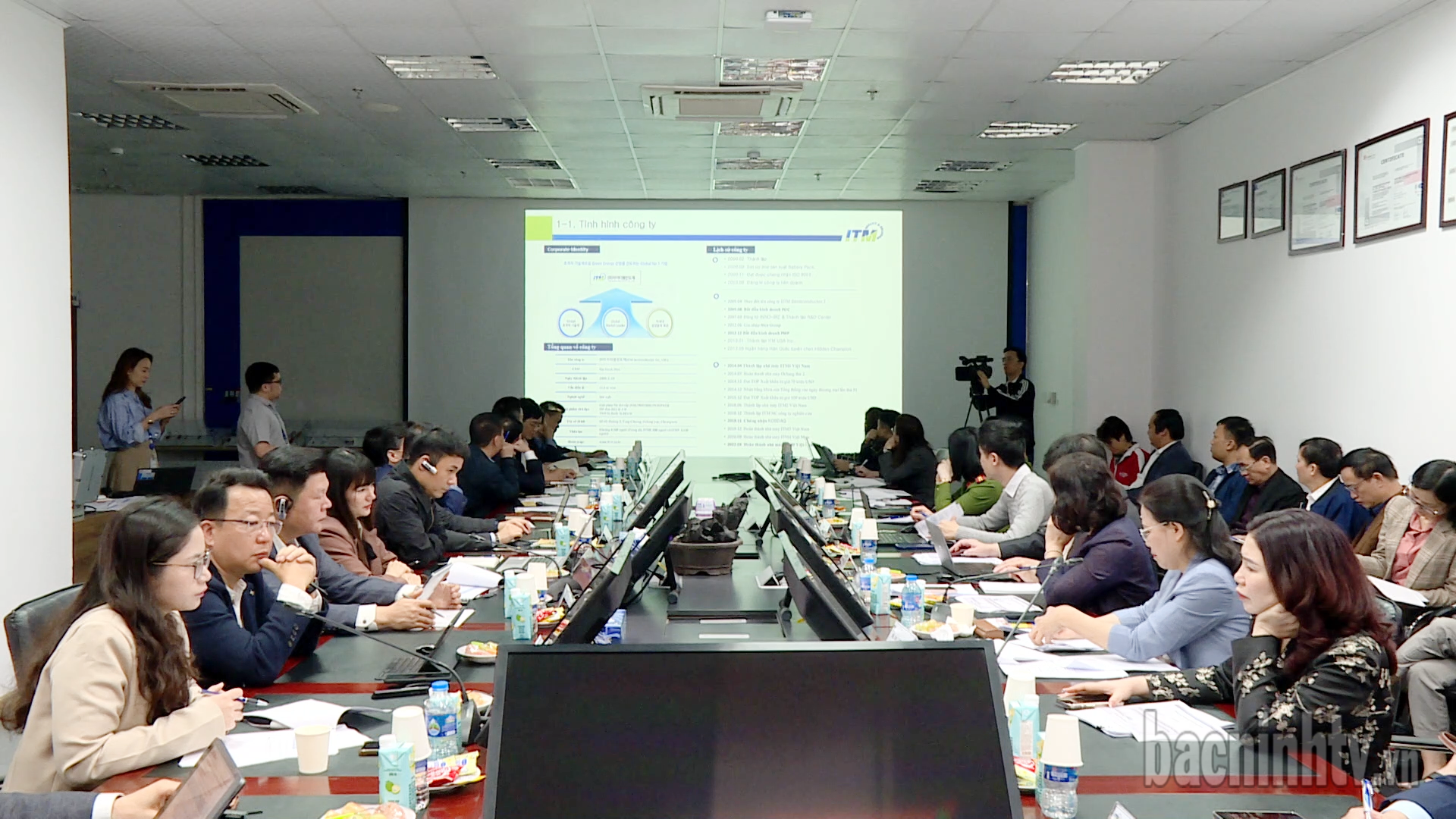














Comment (0)